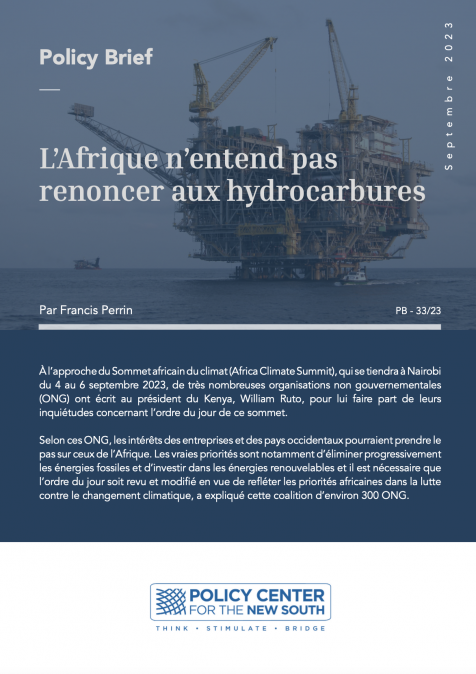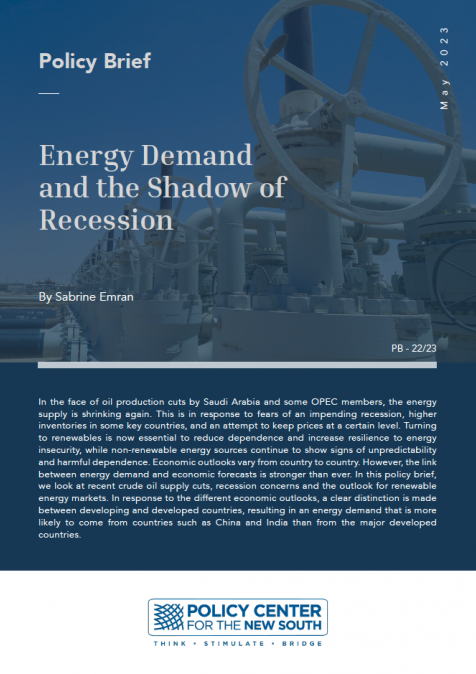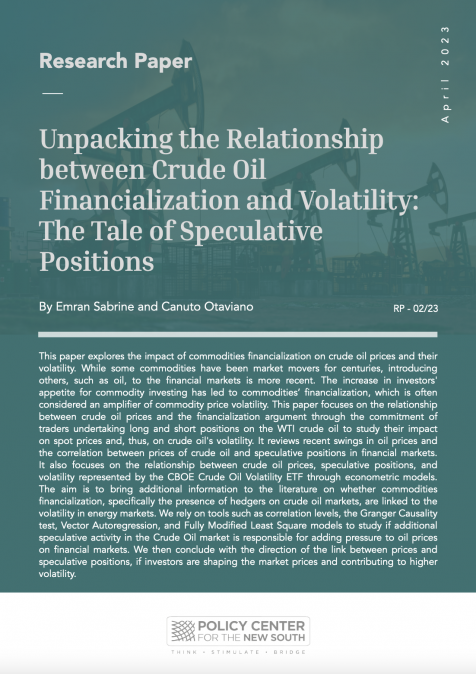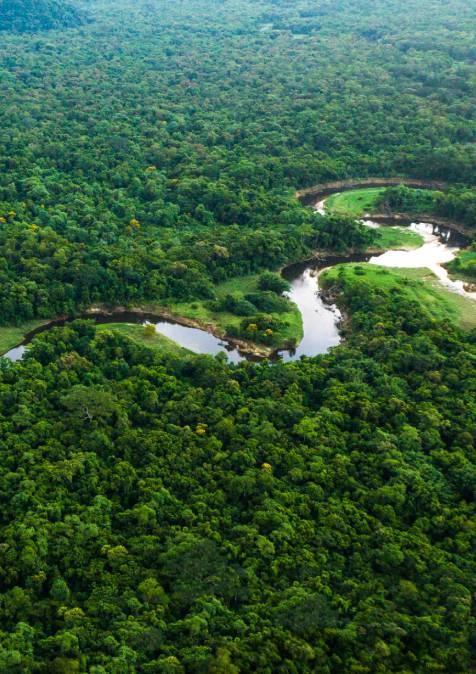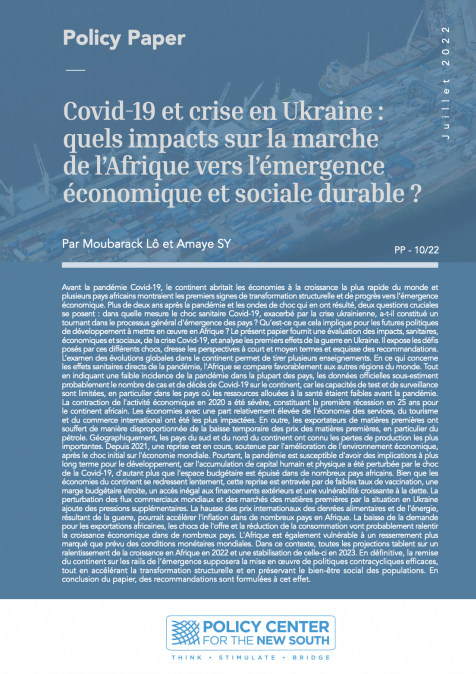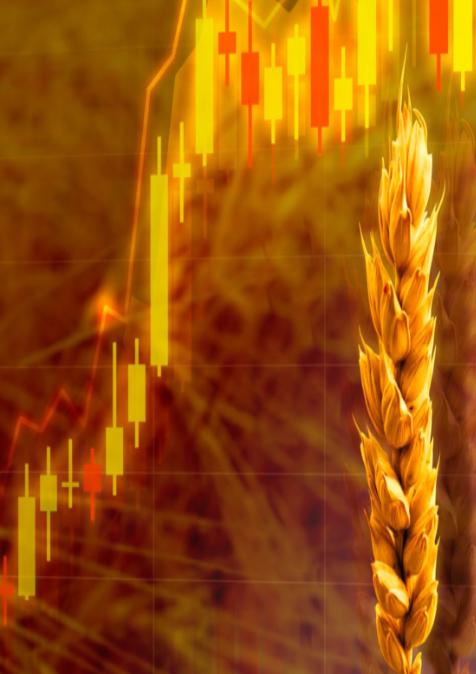Publications /
Policy Brief
Policy Brief
Marchés libres vs système de prix producteurs: pourquoi les marchés de matières premières se financiarisent-ils?
June 1, 2015
La financiarisation des filières de matières premières trouve ses origines bien au-delà de la participation accrue des fonds d’investissement sur les marchés « futures ». Elle doit fondamentalement se comprendre comme la conséquence de l’incapacité progressive des acteurs qui les composent à gérer en commun le risque de prix qui découle du transfert du produit, de l’amont vers l’aval. Cette dynamique s’est affirmée depuis la fin des années 1970, mais il est probable que la chute actuelle des cours, si elle s’avérait durable, et l’affirmation de la Chine comme une puissance financière la renforcent sur les prochaines années



